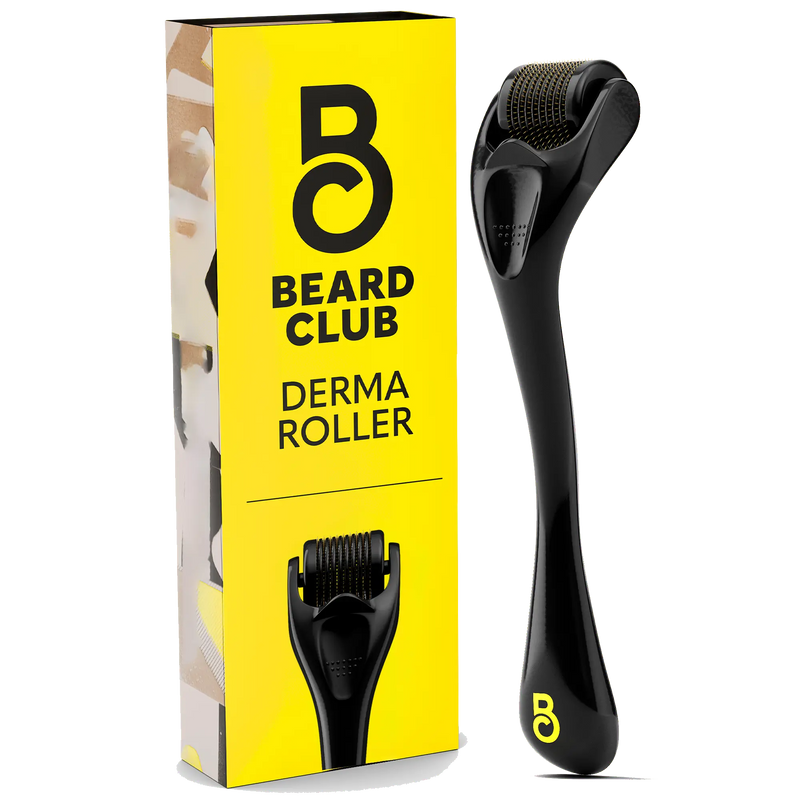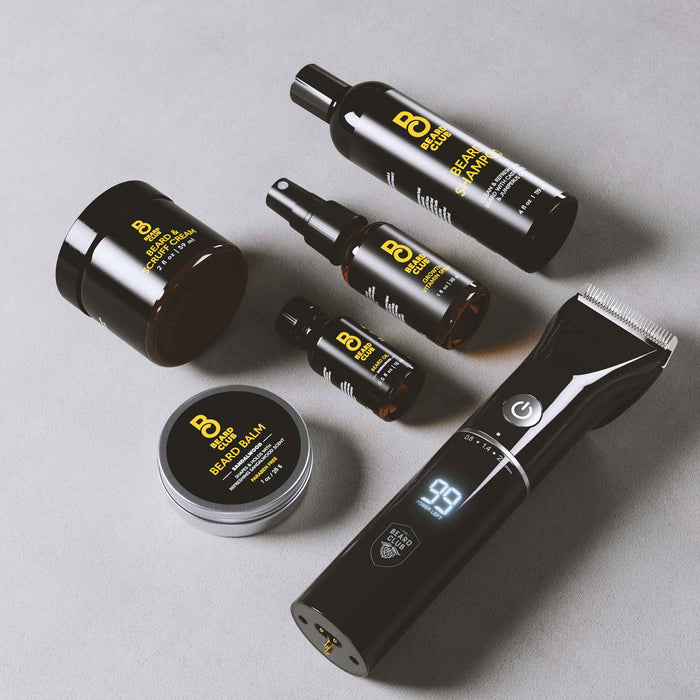How Often Should You Shave Your Pubes?
Pubic hair. Not exactly a popular subject to bring up at dinner or when you first meet someone’s parents. Not exactly a great icebreaker for work or your new bowling team.
For one reason or another, we all decided at some point in history to be awkward about a part of our body that literally every person, male and female, deals with.
While it doesn’t need to be common table talk, it is an important subject to tackle at different points in your life. For instance, when it first begins growing, you need someone to explain what’s happening. When it itches or a rash forms, you need guidance on what to do. As you get older, you’ll need to make decisions about how you groom it.
Other than gender-specific middle and high school talks by health teachers and jokes made in the locker room by other students, you never really chat about pubic hair. You probably don’t have a serious, one-on-one conversation with someone about it outside your family until you get into a romantic relationship.
At that point, grooming your pubic hair suddenly becomes a big deal. You might be concerned about their preferences and want to look good for them. This may have been what brought you here today. Or perhaps you took a look and realized it’s been a while since you trimmed or shaved down there.
Everyone’s pubes are a bit different, but they all grow and need to be maintained like any other hairy part of your body. Not only will we discuss how often you should shave down there, but we will also give you some helpful tips for the process:
Removing Pubic Hair
Pubic hair begins growing during puberty which normally begins for a human anywhere between the ages of eight and 14. Again, everybody is unique. Pubic hair is not the only hair that starts growing around this time. It comes with armpit hair, facial hair, leg hair, back hair, chest hair, and arm hair.
The pubic area (or bikini area) consists of the groin, genitals, anus, and lower abdomen. These can be much more sensitive parts of the body due to a higher concentration of nerve endings. It’s important to understand your options.
Hair Removal Options
Shaving is often the hair removal strategy of choice due to its prominence in history. Sharp knives are not exactly new technology; however, hair removal options have expanded through innovations in trimming, waxing, threading, applying depilatory creams, and laser hair removal.
There are multiple options to be had, so using a razor and shaving cream is a personal choice. It’s essential to weigh the health, safety, and pain tolerance options.
Waxing, tweezing, and threading can be quite painful. Tweezing may also increase the likelihood of ingrown hairs. Laser hair removal and creams can burn. Shaving and trimming can lead to cuts without warm water or shave gel.
Improper usage of any tool could cause an infection and should be taken seriously. For the more complicated hair removal options, seek a professional dermatologist. However, shaving and trimming are techniques you can easily master at home.
It’s also okay to decide not to shave your pubic hair at all! It’s quite normal to let it grow out, though you must wash and dry it properly. Otherwise, you can cause itchiness and rashes from dried-out skin or clogged pores.
Shaving Pubic Hair
Shaving your pubic hair is entirely a personal preference. As we mentioned, some people just let it grow out and never shave it off. The decision is based on comfort, appearance, and health.
If you’re prone to excessive sweating, not only will your hairy groin area overheat, but it may have an odor. This can be quite uncomfortable.
On the flip side, if you easily get dry or sensitive skin, pubic hair can itch and chafe against your jeans. And it’s hard to get hydrating aloe vera past thick pubic hair.
Perhaps you just don’t like the appearance of your pubic region. Many people don’t like body hair and remove as much of it as they can as frequently as possible. It could be their significant other likes the look of it trimmed down or shaved off. Some people even style their pubic hair, but that’s a discussion for another time.
Finally, there are health-related reasons for shaving off your pubic hair. Excessively oily skin and a build-up of dead skin can lead to acne breakouts in your groin area or even bacterial infections.
It can be hard to clean the skin beneath your pubic hair thoroughly if there’s too much hair in the way. You need to be able to exfoliate properly and consistently moisturize with lotion.
Once again, these aren’t meant to persuade you one way or the other; they simply give you an idea of why some people shave their pubes. At the end of the day, it’s your body, so do whatever makes you feel good about yourself. Shave it, trim it, or grow it however you want.
Frequency of Shaving Pubic Hair
Once again, the frequency falls into the personal preference category, but if you want to keep up the look you have going, there are some rules to follow. A regular shaving or trimming routine can help you keep your groin area looking precisely how you want it.
There are different frequencies for different styles. Clean-shaven, stubble, trimmed bush, and designed looks all require different types and times of maintenance.
Clean Shaven
Clean-shaven pubes require a consistent and frequent schedule. If you want to keep things bald on your lower abdomen and below, you need to shave in the direction of hair growth several times a week. You may be able to go a few days without stubble forming, but that depends if you did a closer shave or left room for the hair follicles to breathe.
Stubble
Stubble styles can be acquired in one of two ways. You can shave your groin area bald and let it grow for a couple of weeks before shaving again. If you want it consistently stubble, then invest in a Body and Groin Trimmer to keep your desired length. If you’re not too picky, you only need to trim every couple of weeks.
Trimmed
A trimmed bush needs a fairly relaxed trimming routine. There are short bushes and eventually longer bushes that form from your pubic hair growth closer to a month. The main goal is grabbing an electric trimmer and keeping the bush tamed to the level you desire. Once a month should suffice for trimming it down some.
Designed
Lastly, we have designed looks. You have heard about some of them: Uptown, Tarzan, Landing Strip, Endzone, etc.
All these looks require the most consistency and maintenance because they do a combination of shaving and trimming. Parts of the pubic hair region are shaved down completely while others are trimmed into a shape or pattern, which takes effort multiple times a week.
Summary
Everybody is different, and every body is different! What is comfortable, stylish, and healthy to you may be completely different for someone else. Depending on your preferences, the frequency and effort with which you manscape will vary.
There are proper ways to shave and trim your pubic hair to avoid ingrown hairs, nicks, and razor burns. If you’re curious about the correct techniques and safety precautions to protect from irritated skin, research tips for shaving your pubic hair. Knowing your body is essential for a confident lifestyle.
We want to encourage you to try different things! You won’t know what is most comfortable, stylish, and healthy your first time until you give every method a shot. You may find yourself enjoying a designed look more than you ever thought you would.
Sources:
Early or delayed puberty | NHS




















